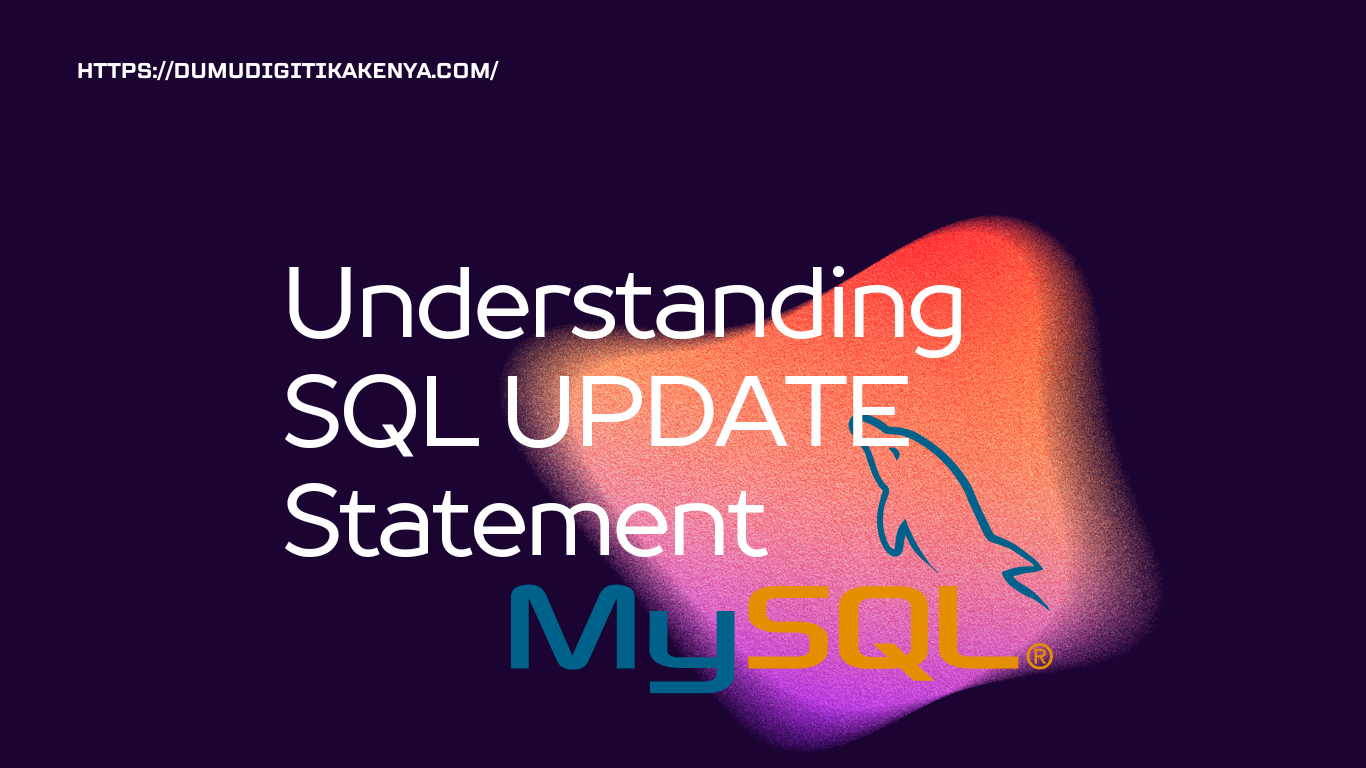Certainly! Let’s dive into the SQL UPDATE statement, a fundamental part of manipulating data within a relational database management system (RDBMS).

Table of Contents
Introduction to SQL UPDATE Statement:
The SQL UPDATE statement is used to modify existing records in a table within a database. It allows you to change the values of one or more columns in one or more rows based on specified conditions. This is incredibly useful for maintaining data integrity and keeping your database up-to-date.
Syntax of SQL UPDATE Statement:
The basic syntax of the SQL UPDATE statement is as follows:
UPDATE table_name
SET column1 = value1, column2 = value2, ...
WHERE condition;Let’s break down the components of this syntax:
UPDATE: Keyword indicating that we are going to update existing records.table_name: The name of the table from which you want to update records.SET: Keyword to specify the columns you want to update and their new values.column1 = value1, column2 = value2, ...: Specifies the columns you want to update along with their new values.WHERE: Optional keyword used to specify conditions that must be met for the update to occur. If omitted, all records in the table will be updated.condition: Specifies the condition(s) that must be met for the update to occur. Only records that satisfy the condition will be updated.
Example Scenarios:
Let’s go through some example scenarios to understand how the SQL UPDATE statement works:
Scenario 1: Updating a Single Column for All Rows
Suppose we have a table called employees with columns name, age, and department. We want to update the department column for all employees to “IT”.
UPDATE employees
SET department = 'IT';Explanation:
- This query updates the
departmentcolumn of all rows in theemployeestable to the value ‘IT’.
Scenario 2: Updating Specific Rows Based on a Condition
Now, let’s say we want to update the age column for employees named “John” to 30.
UPDATE employees
SET age = 30
WHERE name = 'John';Explanation:
- This query updates the
agecolumn to 30 for rows in theemployeestable where thenameis ‘John’.
Scenario 3: Updating Multiple Columns Based on a Condition
Suppose we want to update both the age and department columns for employees whose age is greater than 40.
UPDATE employees
SET age = age + 1, department = 'HR'
WHERE age > 40;Explanation:
- This query increments the
agecolumn by 1 and sets thedepartmentto ‘HR’ for rows in theemployeestable where theageis greater than 40.
Conclusion:
The SQL UPDATE statement is a powerful tool for modifying data within a database. By understanding its syntax and usage, you can efficiently update records to keep your database accurate and up-to-date. Practice writing and executing SQL UPDATE statements to solidify your understanding.




